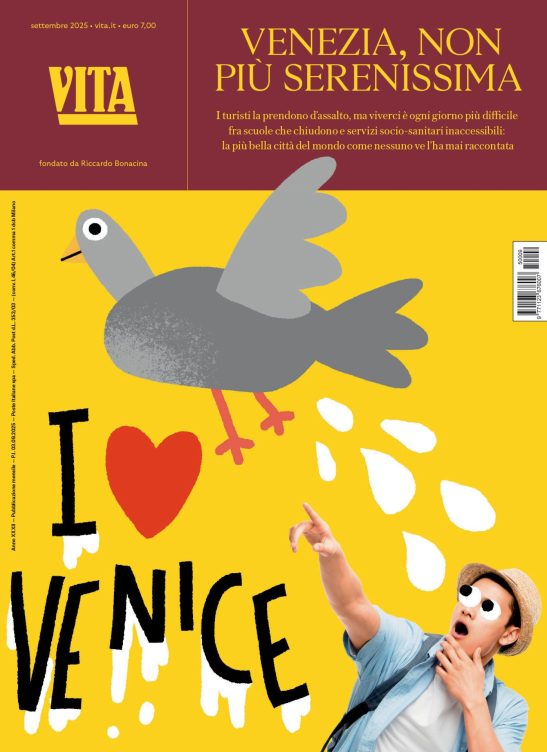Sostenibilità
Italy: Electronic rubbish: where does it all end up?
According to Greenpeace's "Toxic-Tech" report, waste from electronic products, like mobile phones, risks contaminating the earths water, land and air. The solution? Recycle, recycle
di Staff
Where the vast amounts of electronic waste ends up is still largely unknown, even though it causes serious health and security risks for both man and his environment. In the European Union nothing is known of 75% of electronic rubbish that is produced, while in USA this percentage grows to 80%.
Old electronic devices often end up being stored in garages or cellars, but many of them also end up in incinerators, dumping grounds or they are exported, often illegally, to developing countries. This is what emerges from Greenpeace International?s world wide report ?Toxic-Tech: not in our courtyard?. According to the data gathered by the environmental organisation much of the tech-waste that is sent to Africa is disposed of in landfills, or in the case of Asia in rudimentary recycling plants with clear consequences on health, security and environment.
Even in the European Union and the USA, both subject to more rigid regulations, there is no detailed information about the journey that electronic waste takes once it is thrown away, say the environmentalists. In newly industrialised countries the alarm grows as ?it is almost impossible to estimate the percentage of electronic refuse that avoids every form of treatment or management, even if it is estimated that in India about 99 per cent of electric and electronic refuse, equal to 143 thousand tons a year, is absorbed by the ?informal? recycling sectors or are simply thrown into illegal dumping grounds? says the report.
?It is the Asian workers, forced to disassemble these products with their bare hands, who are most exposed to the mixture of toxic chemical compounds contained in electronic rubbish? denounces Valeria Polidori, who is in charge of Greenpeace?s Pollution campaign. ?Electronic refuse also causes pollution to water, air and land, not just close to work yards, but also in the nearby areas? she adds. The great amount of used electronic products, according to Polidori, is growing at a very high rate due to the rapid evolution of the sector and an increasingly shorter life cycle.
Data provided by four computer producers, who have already adopted measures to collect and recycle their used goods, indicate that only 10 per cent of their products are recovered. This percentage is lower in the case of mobile phones, where only 2 ot 3 per cent are actually recycled.
?This shows that, even when companies give information about the disposal of their products? highlights Greenpeace, ?there is a hidden flow of technological waste equal to 91% of consumed goods?.
According to the director of Greenpeace?s pollution campaign, ?the truth is that it is not possible to say for sure what happens to electronic waste when it doesn?t follow the path responsible recycling. This is why producers must increase their commitment to collect and dispose of their products, to introduce voluntary recycling programmes and, at the same time, to remove dangerous substances from the articles they produce so that recycling is made less dangerous and costly?. Polidori?s conclusion is that this is the only way that we can guarantee that toxic waste will not make it into your courtyard.
More info:
www.greenpeace.org
Vuoi accedere all'archivio di VITA?
Con un abbonamento annuale potrai sfogliare più di 50 numeri del nostro magazine, da gennaio 2020 ad oggi: ogni numero una storia sempre attuale. Oltre a tutti i contenuti extra come le newsletter tematiche, i podcast, le infografiche e gli approfondimenti.
